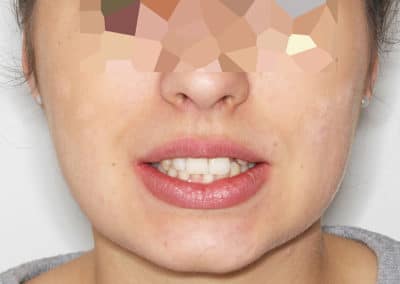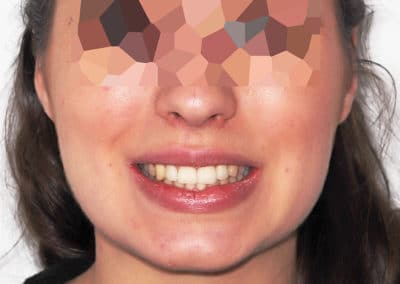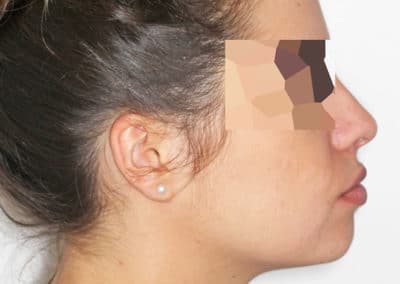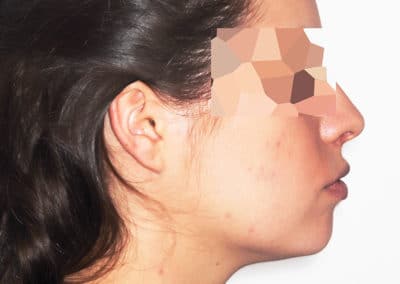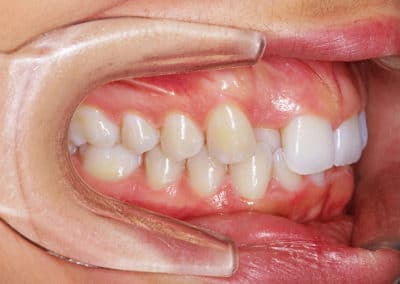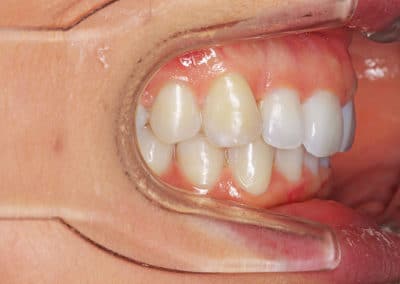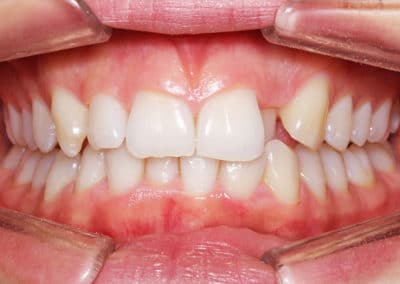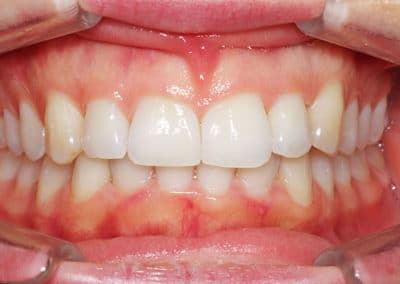Invisalign Before/After Orthodontic Cases
TREATMENT OF AN OPENBITE WITHOUT SURGERY
BC presented for orthodontic consultation with crowed upper teeth. Clinical and radiological examination revealed a 6-mm overjet and an incisor gap, with a very recessed lower jaw. Since the patient was not bothered by her recessed chin, the surgical solution of mandibular advancement was rejected.
The simplified treatment plan chosen was therefore as follows: treatment with aligners, Invisalign and maxillary interproximal reduction (harmless shaving in between the teeth). The treatment lasted 16 months. Rigid retention wires were placed superiorly and inferiorly from canine to canine on the lingual surfaces. Safety ESSIX retainers were also made.
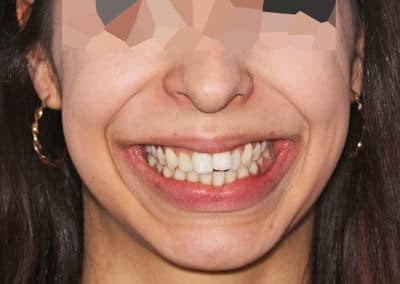
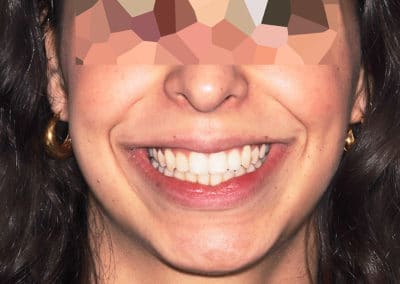
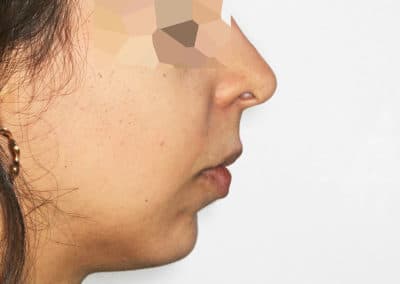
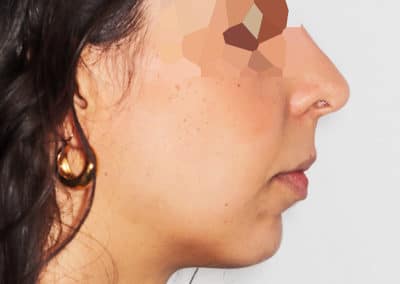
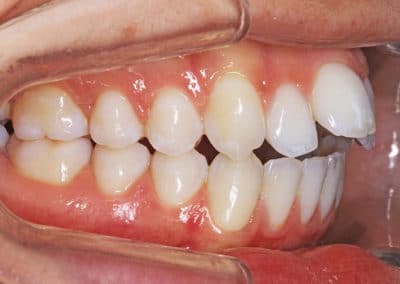
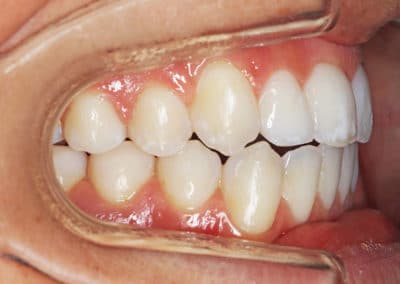

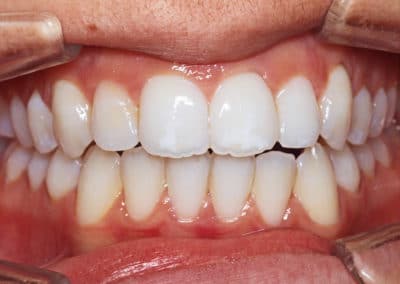
I HAVE AN INTER-INCISAL DIASTEMA
The simplified treatment plan chosen was as follows: treatment with Invisalign aligners with incisor ingression to reduce the deep bite, and closure of spacing
.
After 15 months of treatment, rigid retention wires were placed superiorly and inferiorly from canine to canine on the lingual surfaces. Safety ESSIX retainers were also made.

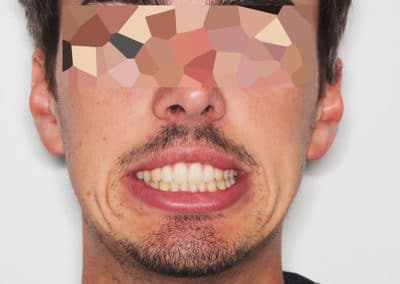
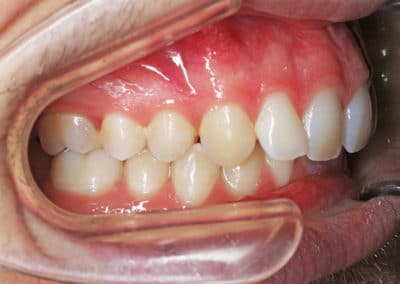
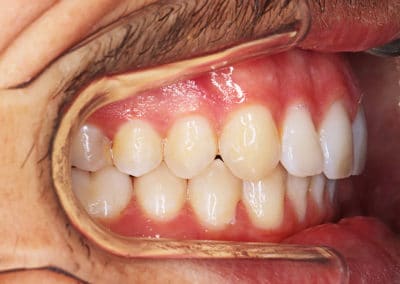
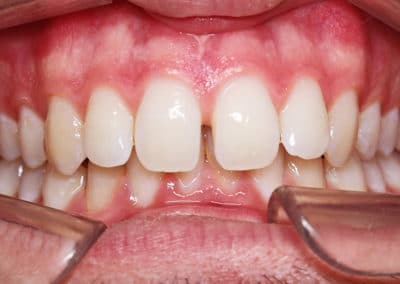
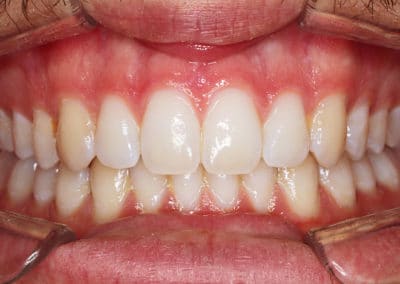
Flore C.
I HAVE PROTRUDED TEETH AND A DEEPBITE
FC presented for orthodontic consultation with incisor misalignments and upper teeth that were too far forward. Clinical and radiological examination revealed a strong mandibular crowding, allowing for a reduction of the overjet.
The simplified treatment plan was therefore as follows: treatment with Invisalign aligners with ingression of the mandibular and maxillary incisors, expansion and IPR (interproximal reduction). The treatment lasted 16 months. Rigid retention wires were placed superiorly and inferiorly from canine to canine on the lingual surfaces. Safety ESSIX plastic retainers were also made.
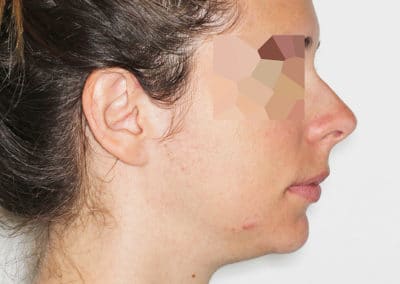
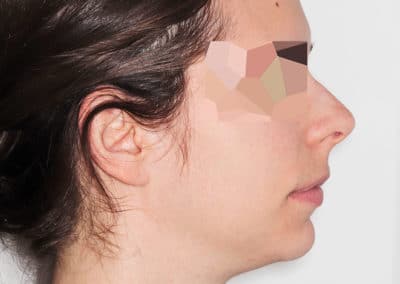
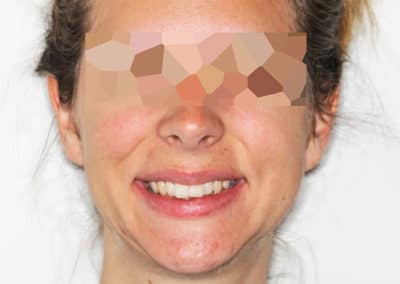
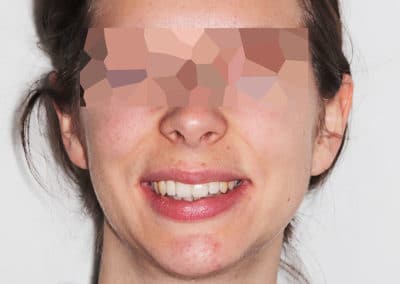
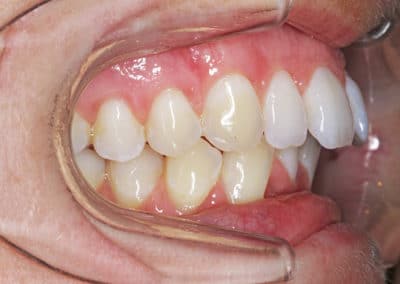
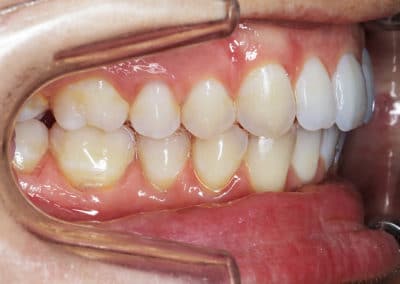
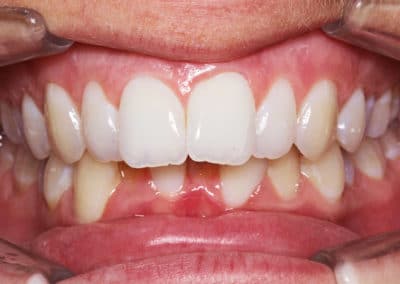

TREATMENT OF A NON-SURGICAL CLASS II, 2
The simplified treatment plan chosen was therefore a treatment with Invisalign aligners with stripping of the upper teeth and ingression of the upper and lower incisors.
The treatment lasted 15 months. Rigid retention wires were placed superiorly and inferiorly from canine to canine on the lingual surfaces. Safety ESSIX retainers were also made.
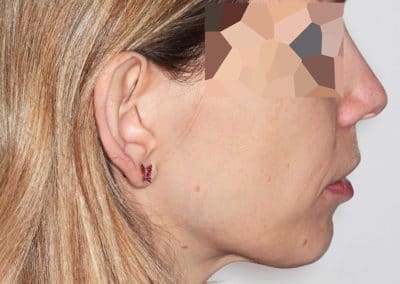

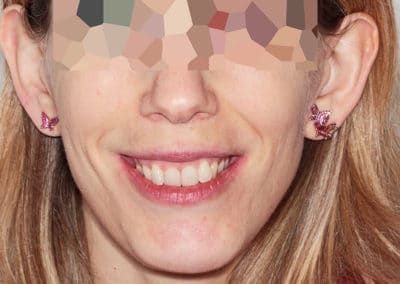
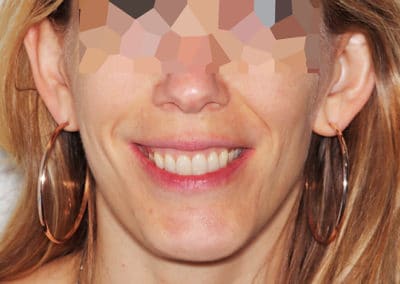
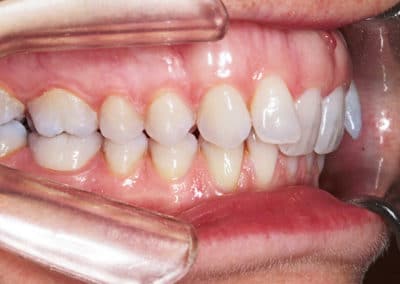
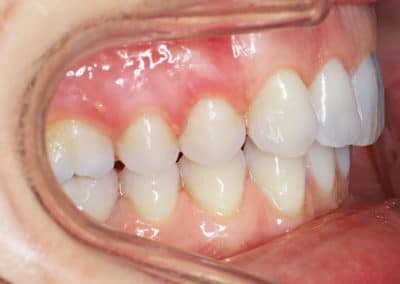
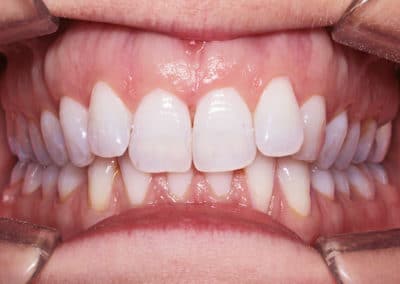
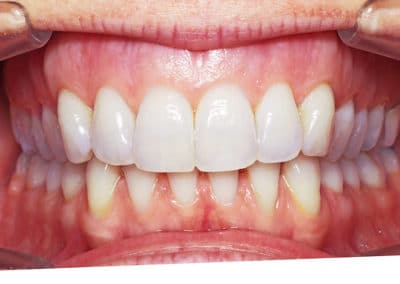
A TREATMENT COMBINING ORTHODONTICS AND VENEERS
GT presented with misalignments, upper teeth that were angled to the right, overbite and an atypical shape of his upper left lateral incisor. Radiological and clinical examination confirmed the patient’s complaints.
The simplified treatment plan chosen was as follows: treatment with Invisalign aligners with the upper and lower incisors raised, followed by the placement of a veneer on his 22, performed by a dentist specialized in aesthetic restorations.
The treatment lasted 16 months. Rigid retention wires were placed superiorly and inferiorly from canine to canine on the lingual surfaces. Safety ESSIX retainers were also made.
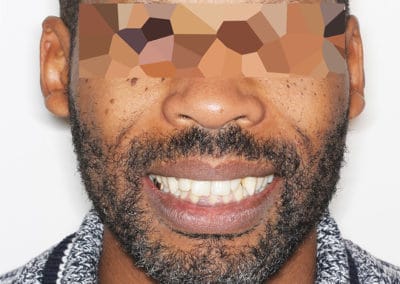
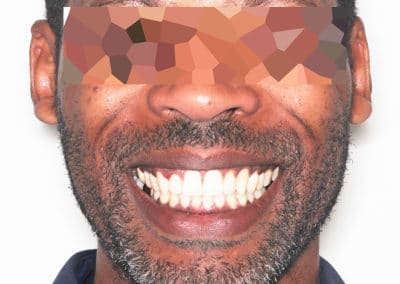
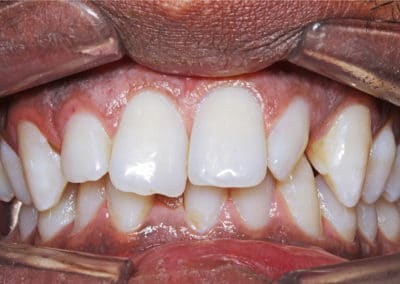
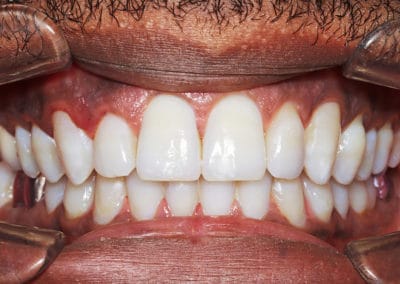
I HAVE CROWDING AND AN ASYMMETRY
The simplified treatment plan chosen was as follows: treatment with Invisalign aligners, with a lot of work on coordinating the upper with the lower teeth, while making sure to keep her upper midline vertical to preserve the overall aesthetics.
The treatment lasted 16 months. Rigid retention wires were placed superiorly and inferiorly from canine to canine on the lingual surfaces. Safety ESSIX retainers were also made.
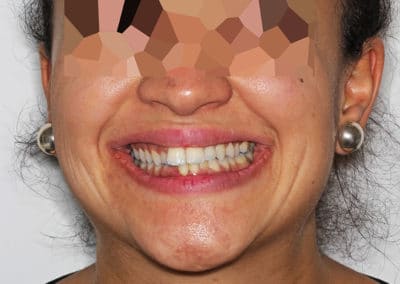
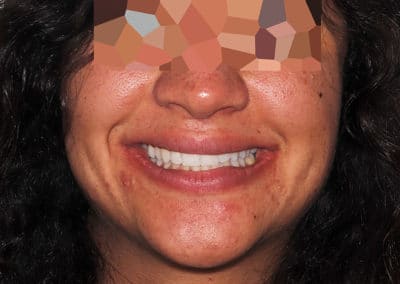
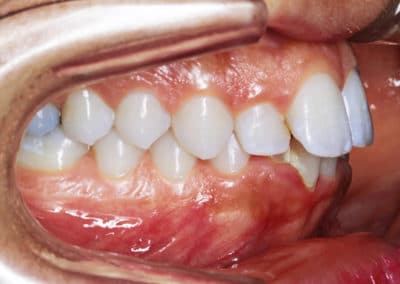
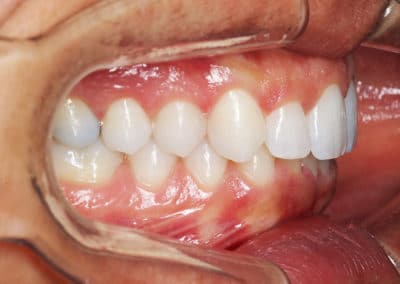
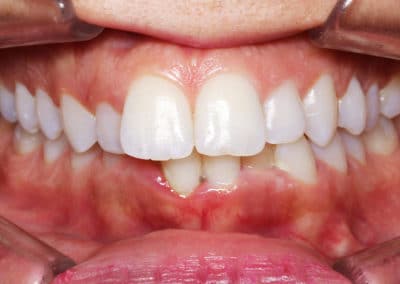
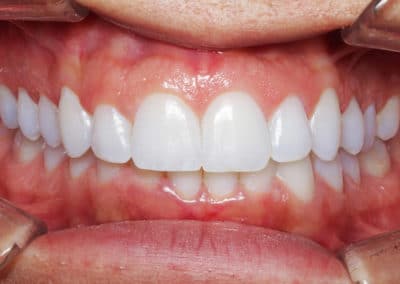
I HAVE LIPS AND TEETH ON THE TOP AND BOTTOM THAT ARE TOO FAR FORWARD. THIS CONDITION IS ALSO CALLED BIMAXILLARY PROTRUSION.
The clinical and radiological examination also revealed canine axes that were very favorable to consider treatment with 4 premolar extractions using Invisalign aligners. Indeed, if this had not been the case, we would have used lingual braces.
The simplified treatment plan chosen was therefore: 4 extractions of 1st premolars with Invisalign aligners.
A first set of aligners was used for 15 months. At the end of the 15 months, an ameloplasty was performed to reduce the strong contacts between the 2 arches and a virtual chain was made to close the remaining spaces.
Following the virtual chain, a new impression was made. I then proceeded with the finishing touches, which consisted of perfecting the anterior alignment, as slight rotations remained in the lower incisors, and the upper lateral incisors, which were very deep at the beginning of the treatment, remained slightly too far back, giving the impression that the central incisors were too far forward.
After 20 months of treatment, I finalized the posterior occlusion and performed ameloplasty to perfect the shape of the teeth initially worn down by the malocclusion.
Finally, rigid retention wires were placed superiorly and inferiorly from canine to canine on the lingual surfaces. Safety ESSIX retainers were also made.
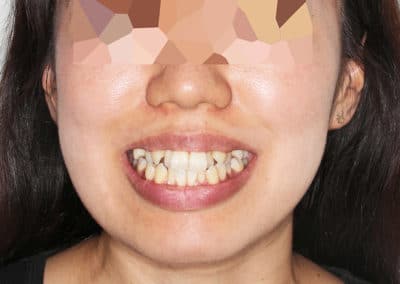
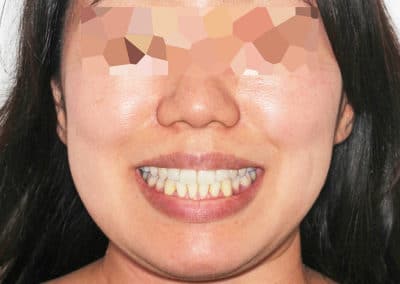

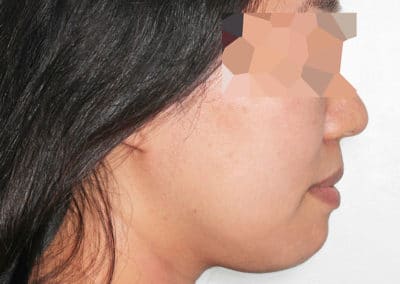
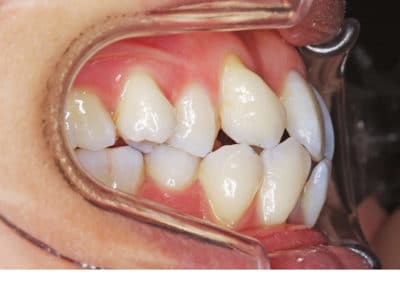
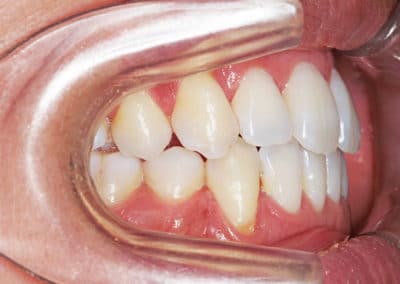
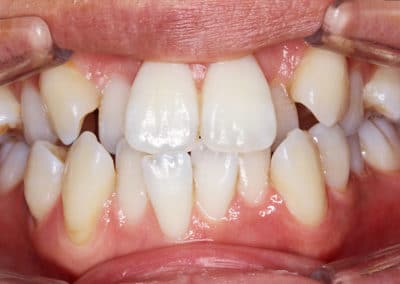
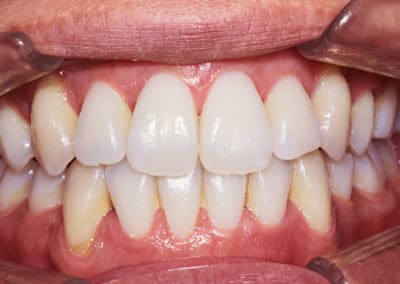
I HAVE A BLACK TRIANGLE
Clinical and radiological examination also revealed periodontal disease as the cause for the black triangles, misalignments, and lower teeth that were slightly protruding compared to the upper teeth, which limited the potential for maxillary interproximal reduction.
The simplified treatment plan chosen was as follows: treatment with Invisalign aligners and bimaxillary stripping, with emphasis on the visible areas.
After 15 months of treatment, the black triangles were reduced to a minimum in the anterior area, but were maintained in the lateral areas because the stripping that would have been necessary would have been impossible to close due to the engraftment of the teeth.
Rigid retention wires were placed superiorly and inferiorly from canine to canine on the lingual surfaces. Safety ESSIX retainers were also made.
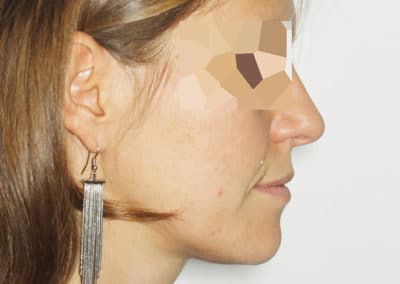
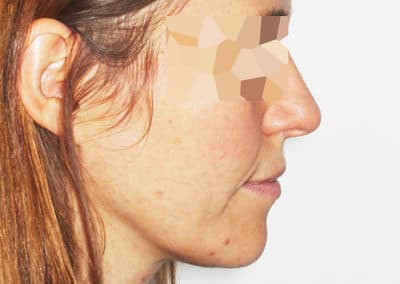
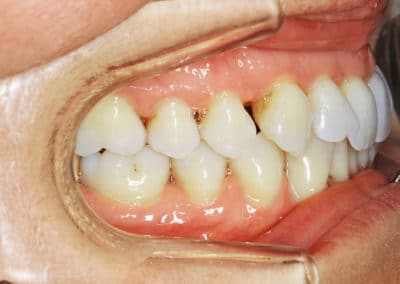
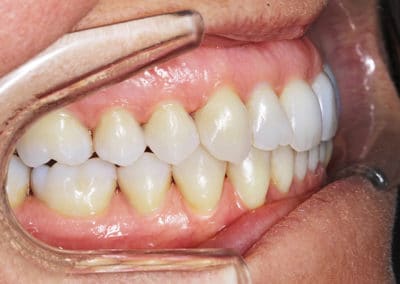
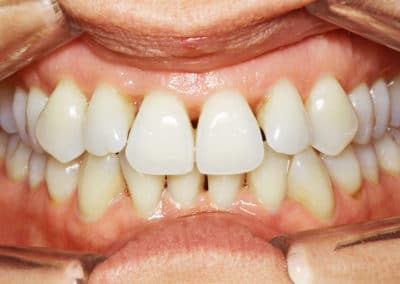
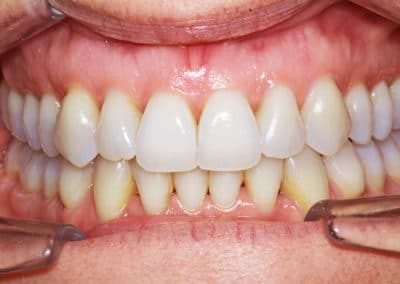
Nila M.
MY UPPER TEETH ARE PROTRUDED AND MY LOWER JAW IS TOO FAR BACK.
The simplified treatment plan chosen was: treatment with Invisalign aligners combined with mandibular advancement surgery to avoid the appearance of black triangles.
Treatment lasted 18 months, and rigid retention wires were placed superiorly and inferiorly from canine to canine on the lingual surfaces. Safety ESSIX retainers were also made.
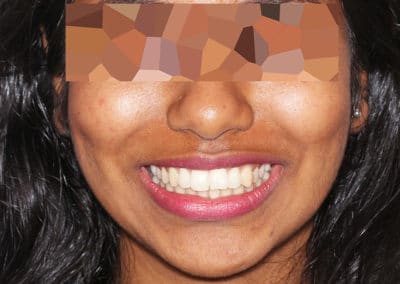
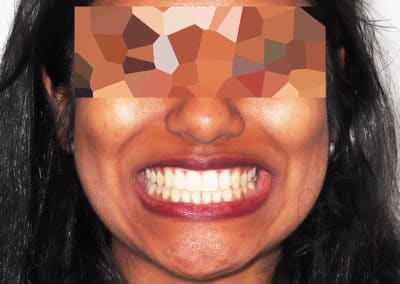
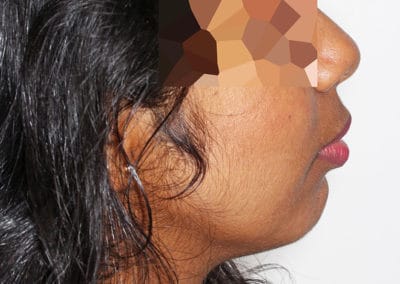
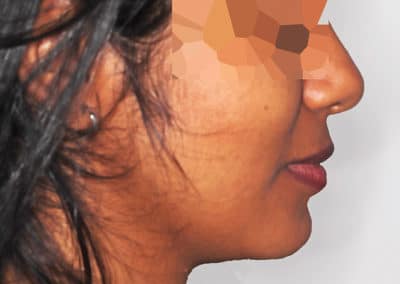

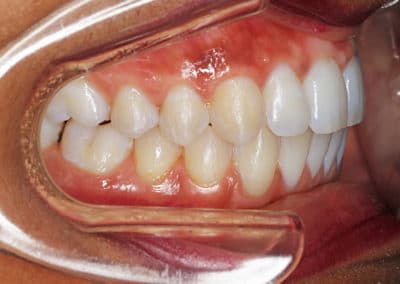
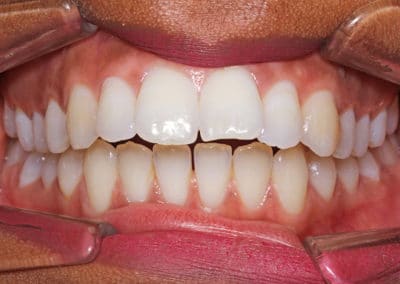
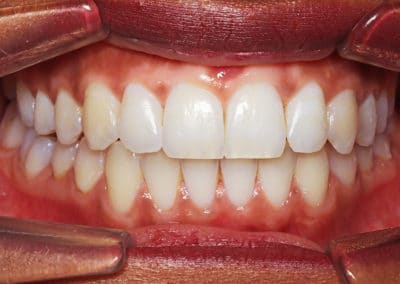
I HAVE PROTRUDED UPPER TEETH AND CROWDING AT THE TOP AND BOTTOM
The clinical examination also revealed a recessed lower jaw, but the face was generally harmonious and her recessed chin did not affect her aesthetics.
Therefore, we rejected the treatment option of combining orthodontic treatment with surgical advancement of the mandible.
The simplified treatment plan chosen was therefore a mixed lingual treatment with maxillary interproximal reduction, which was necessary anyway to avoid the appearance of black triangles between the initially crowded upper teeth. The treatment could also have been performed with Invisalign aligners but the patient chose lingual braces.
The treatment lasted 15 months and rigid retention wires were bonded to the upper and lower lingual surfaces of the teeth. We also made safety ESSIX trays for each arch.
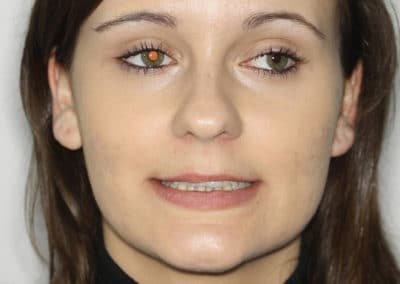
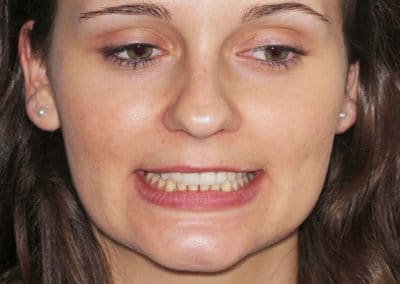
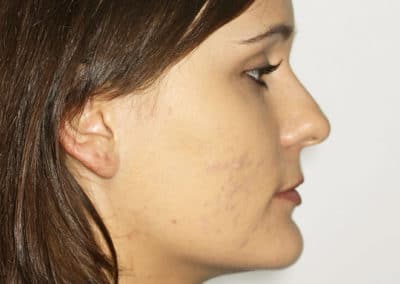

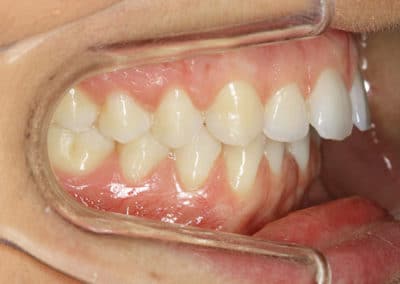
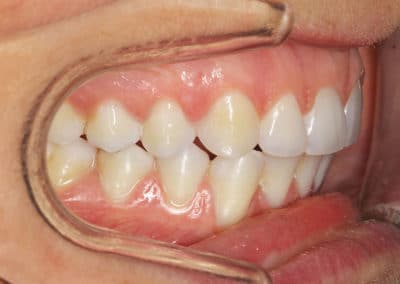
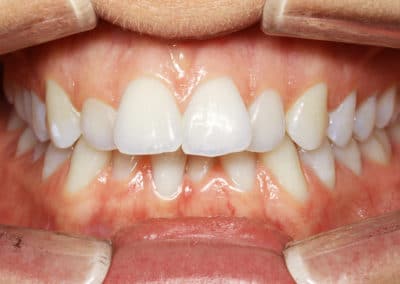
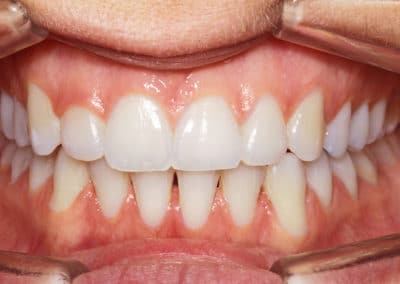
I HAVE GAPS AND MISALIGNMENTS
The simplified treatment plan chosen was therefore as follows: treatment with Invisalign aligners with incisal block ingression. The treatment lasted 22 months. Rigid retention wires were placed superiorly and inferiorly from canine to canine on the lingual surfaces. Safety ESSIX trays were also made.
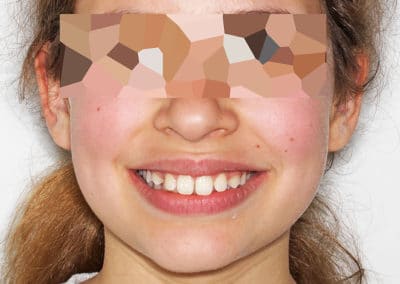
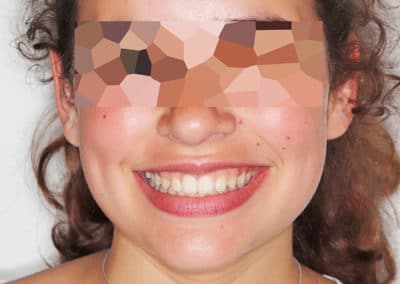
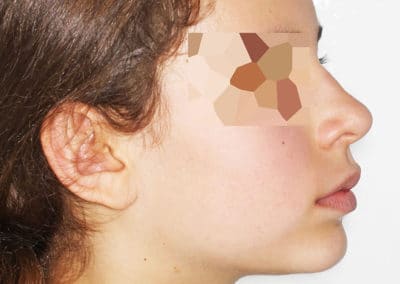
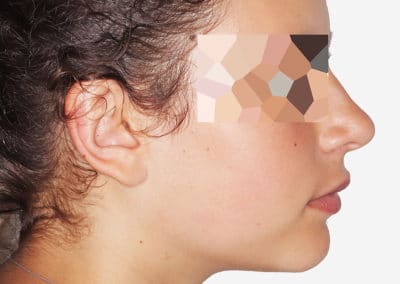

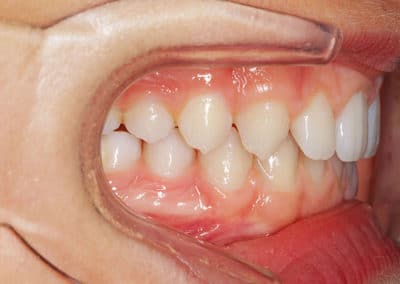

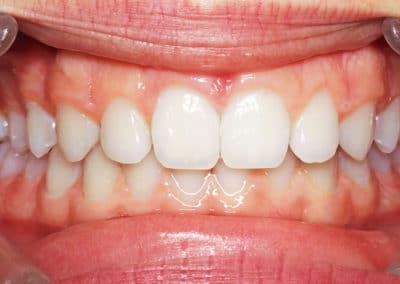
I HAVE A CROSSBITE
RS presented for orthodontic consultation with her crossbite on her left lateral incisor and mandibular incisor crowding. Her clinical and radiological examination also revealed an asymmetry of her lower jaw without significant aesthetic or functional impact.
The simplified treatment plan chosen was: treatment with Invisalign aligners, with interproximal reduction to generate space, avoid black triangles on the recessed tooth, and limit the stresses of the lower teeth on the upper teeth.
Treatment lasted 15 months, with rigid retention wires placed superiorly and inferiorly from canine to canine on the lingual surfaces. Safety ESSIX trays were also made.
